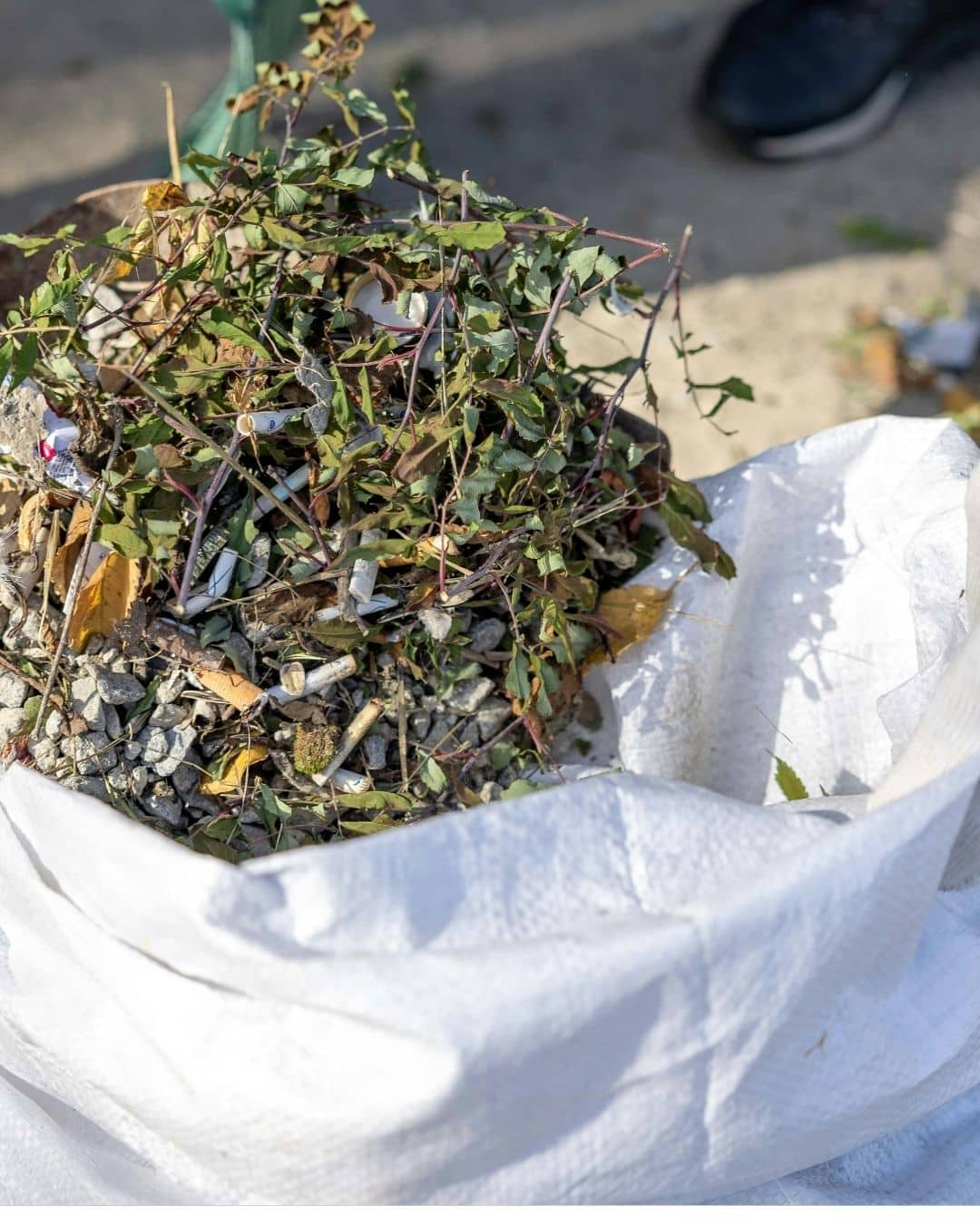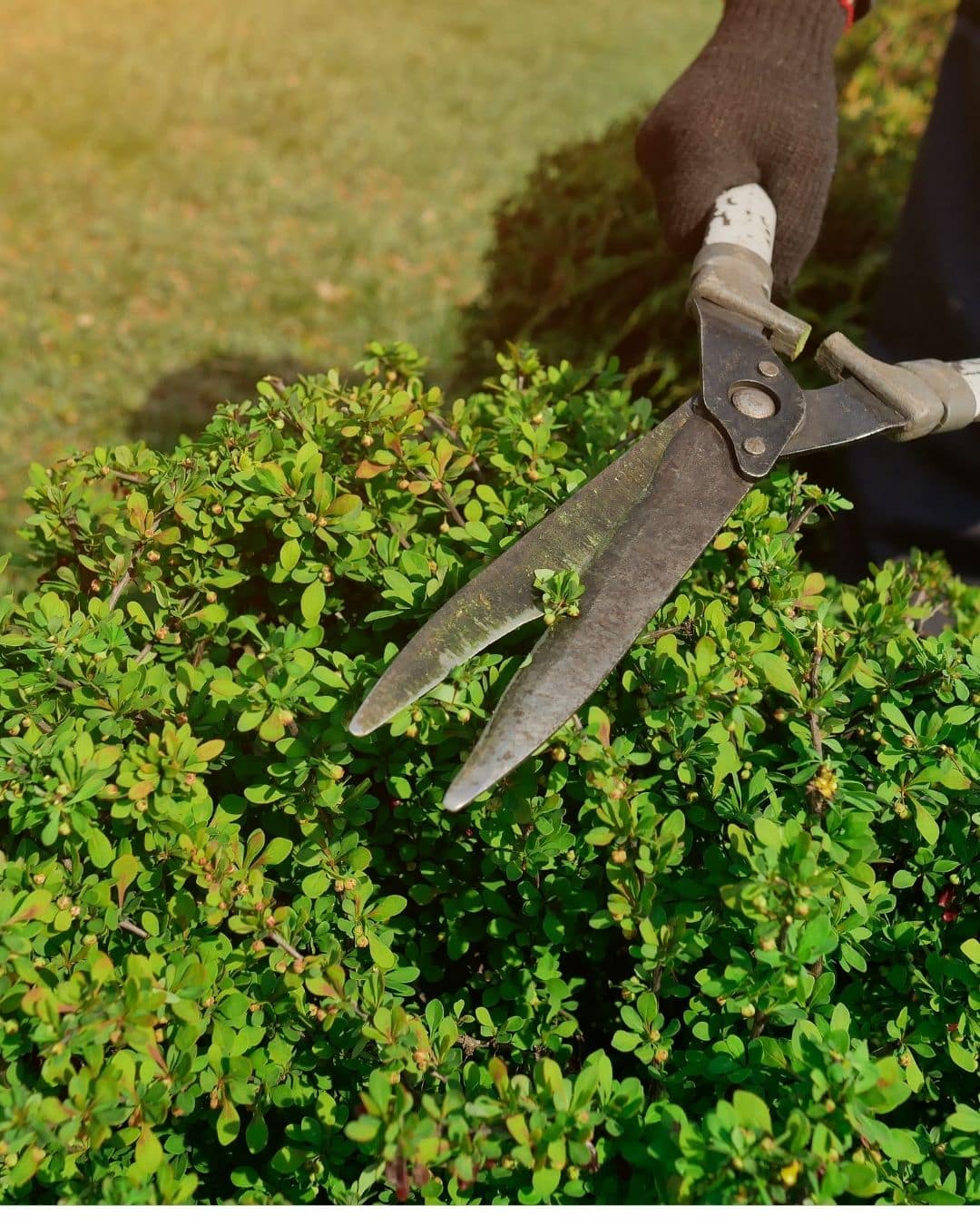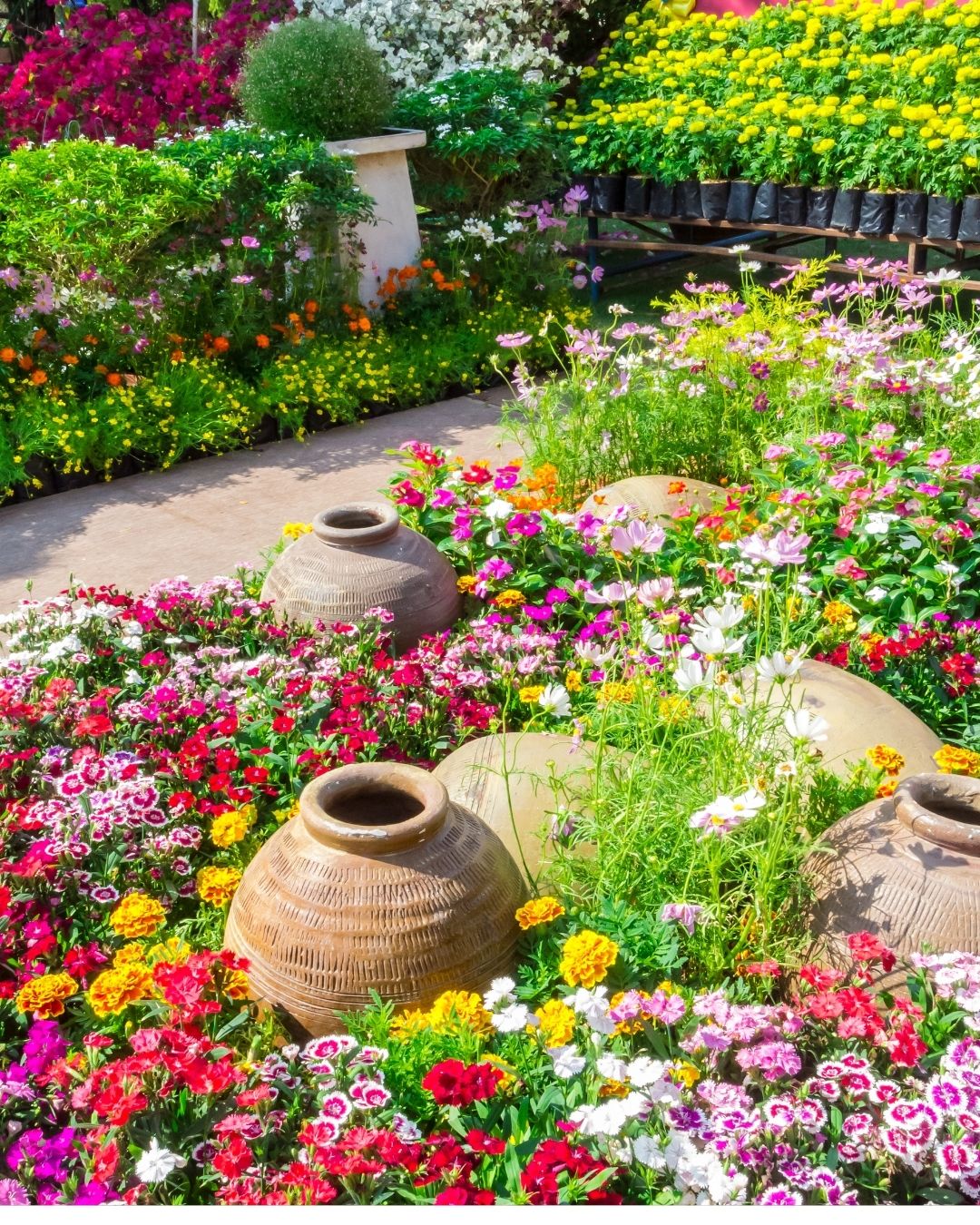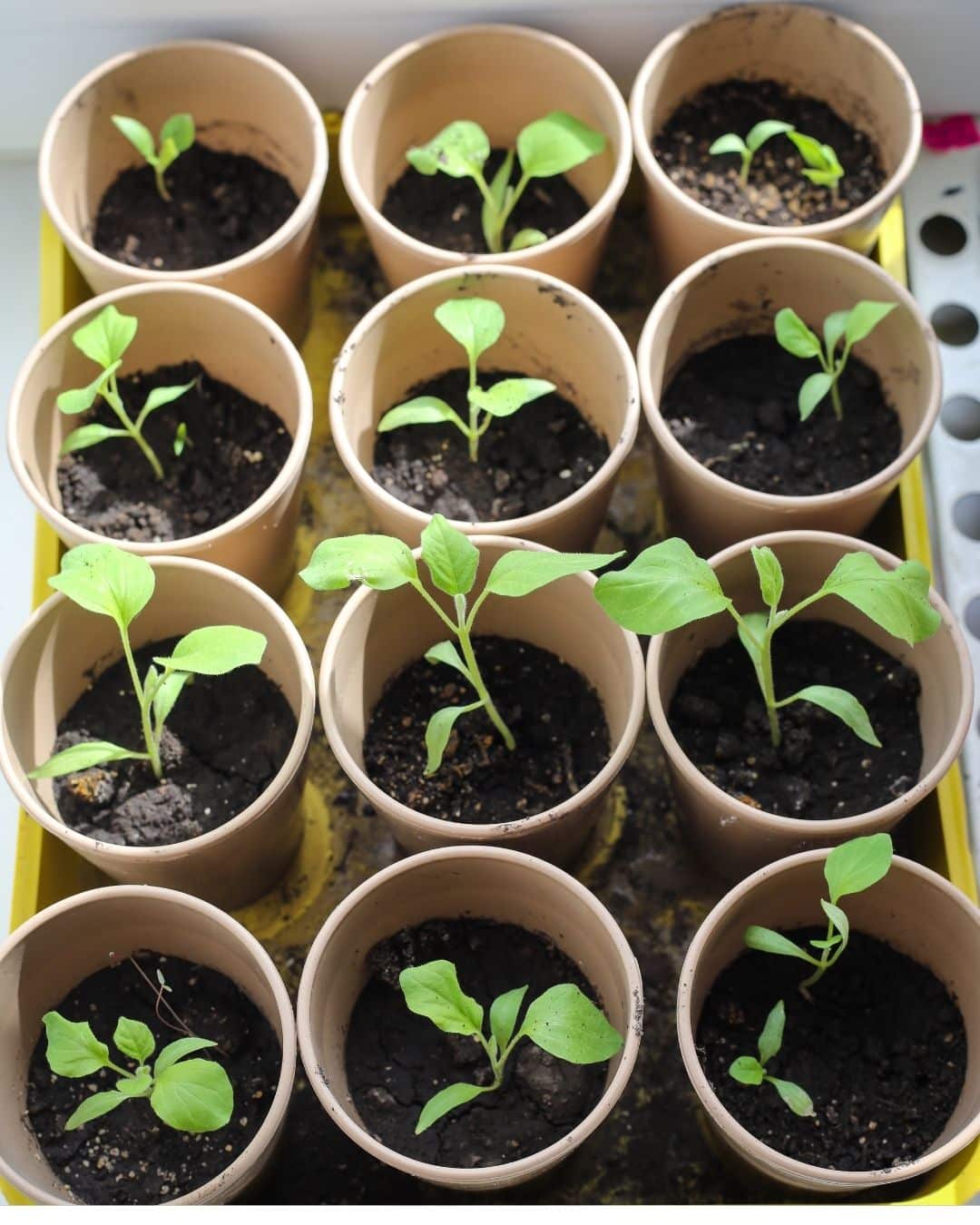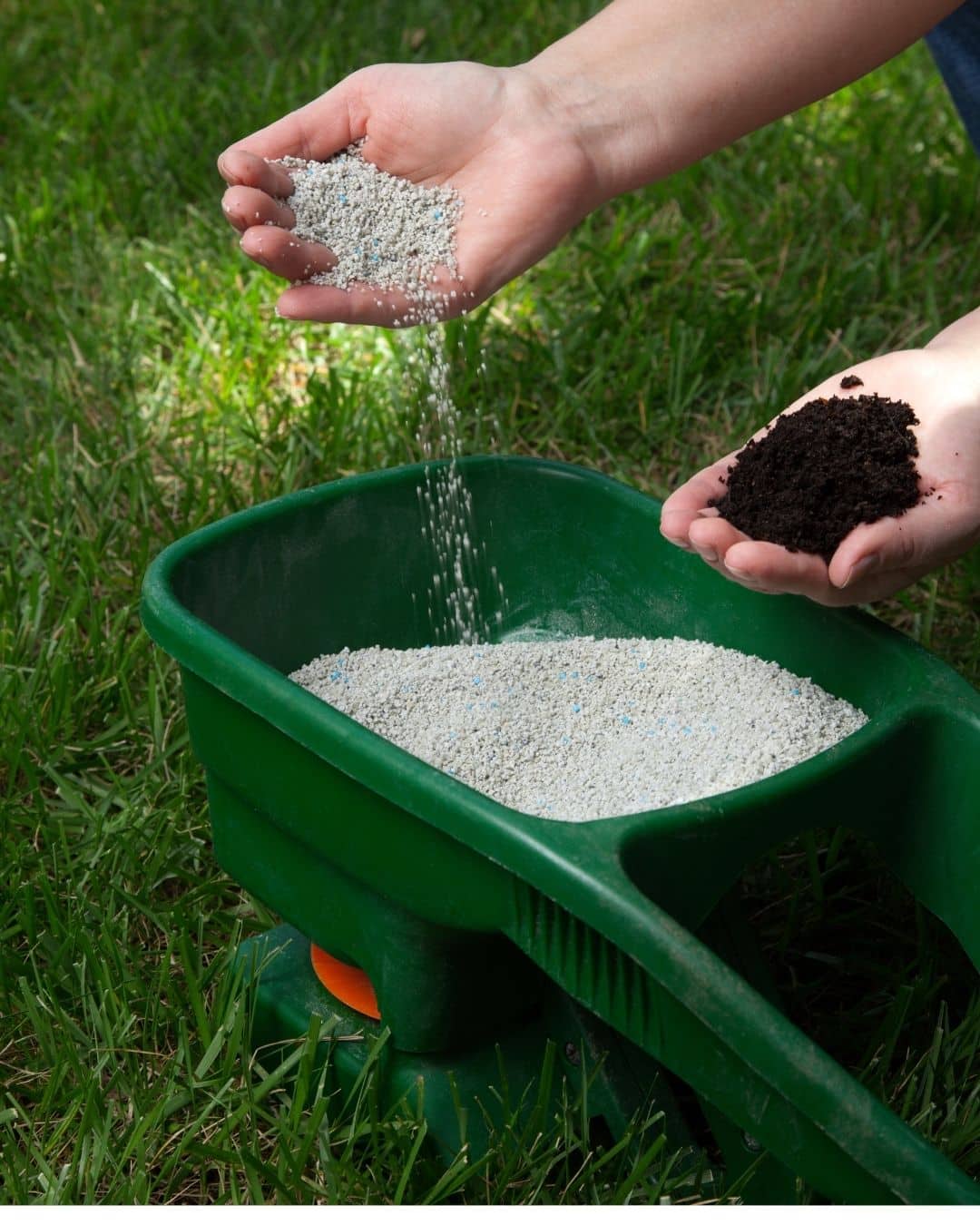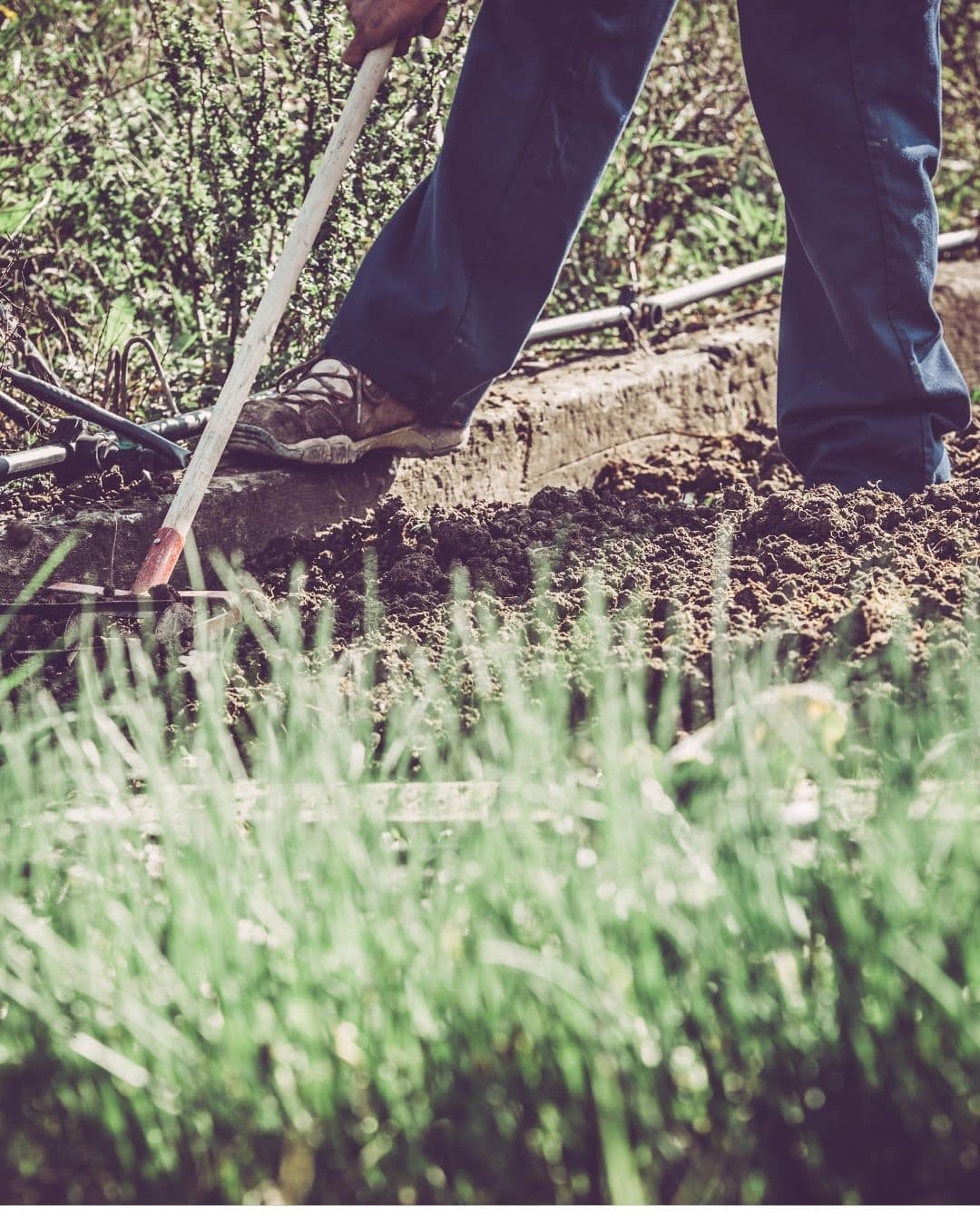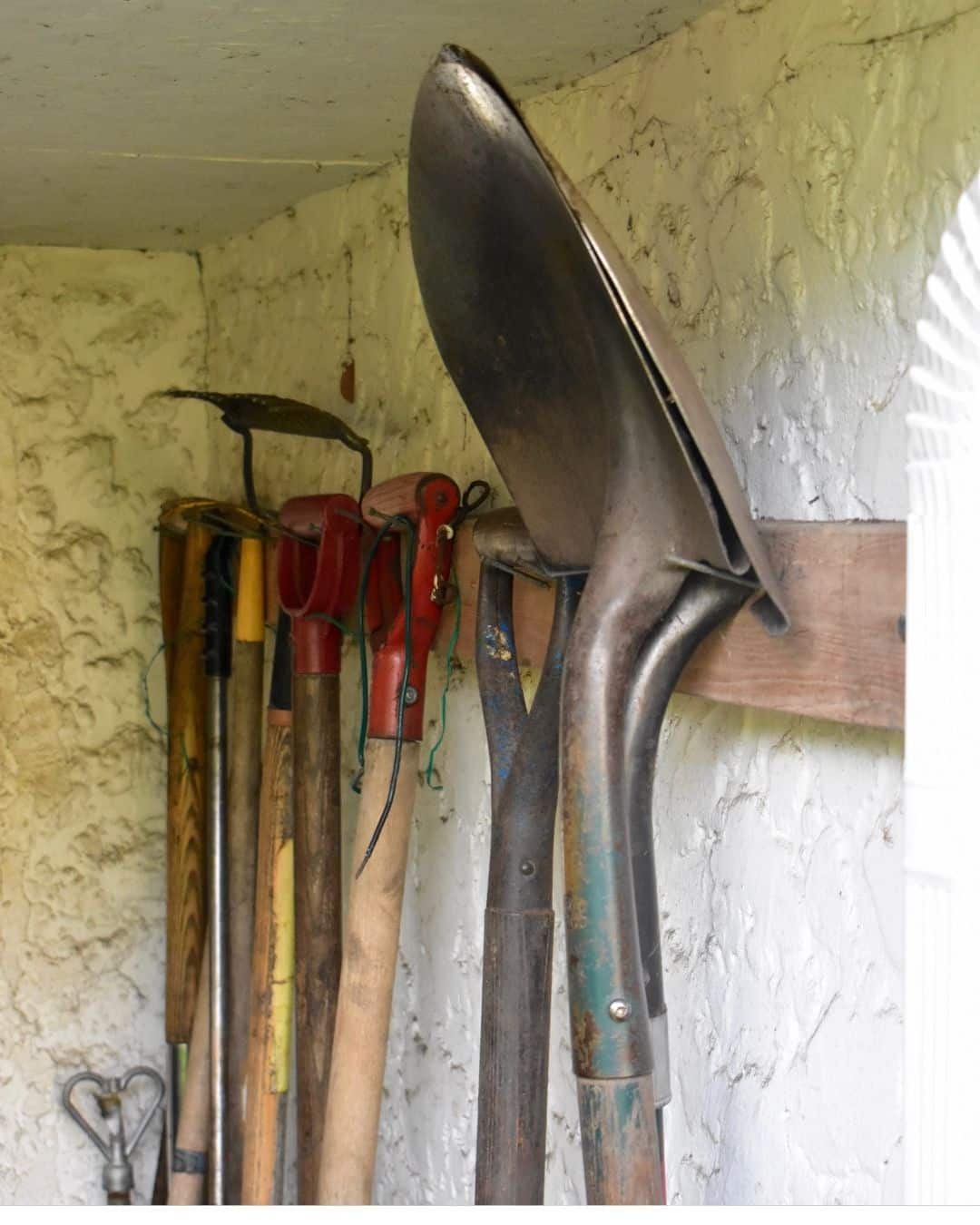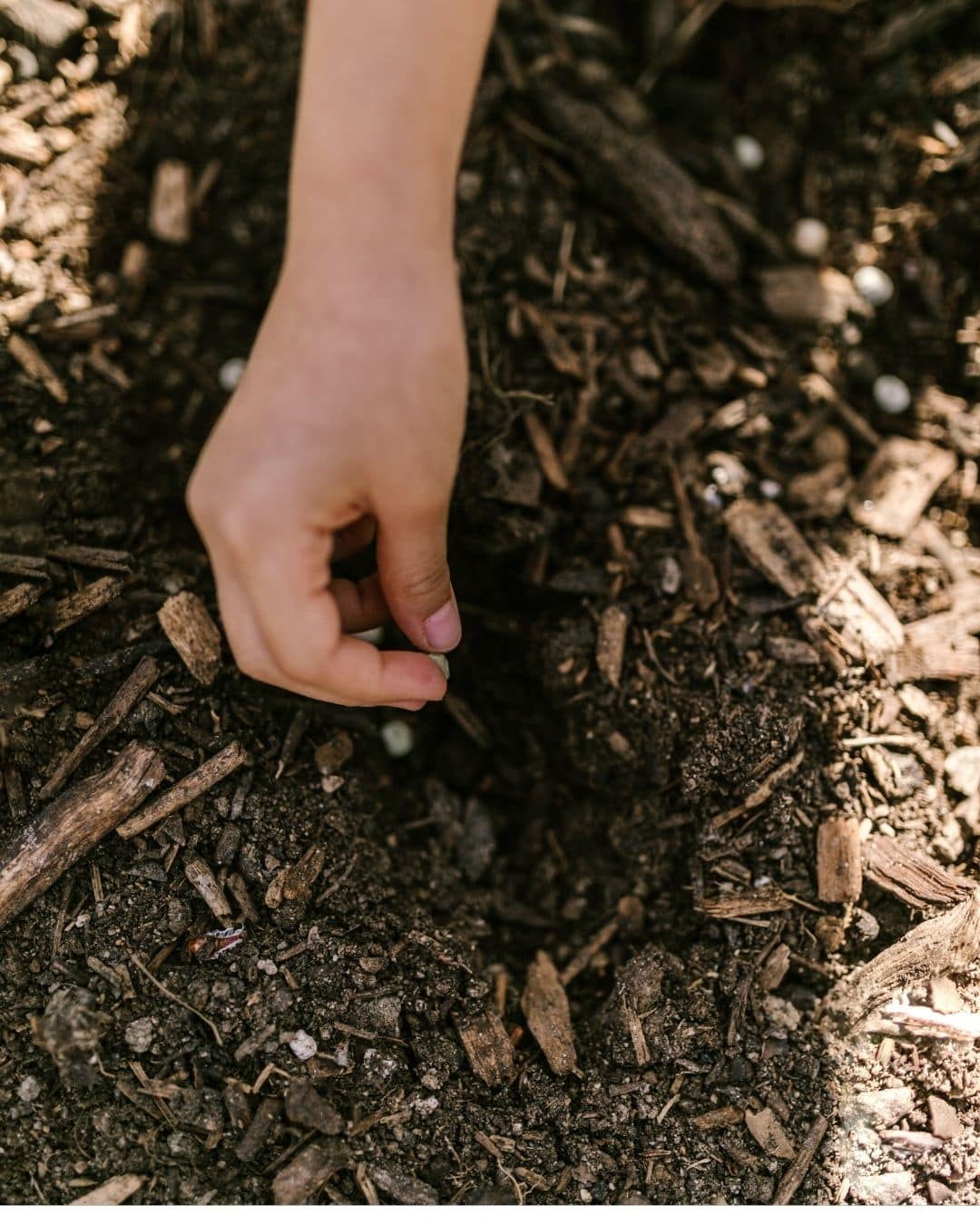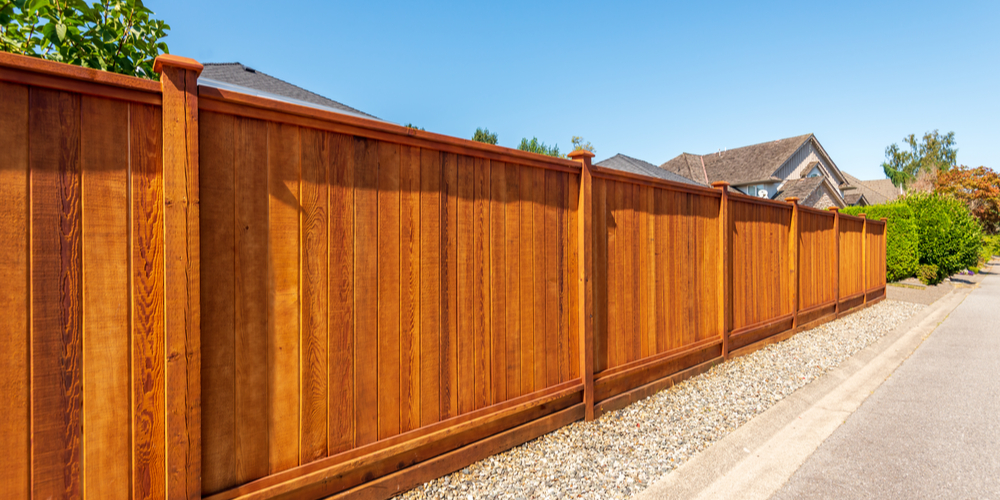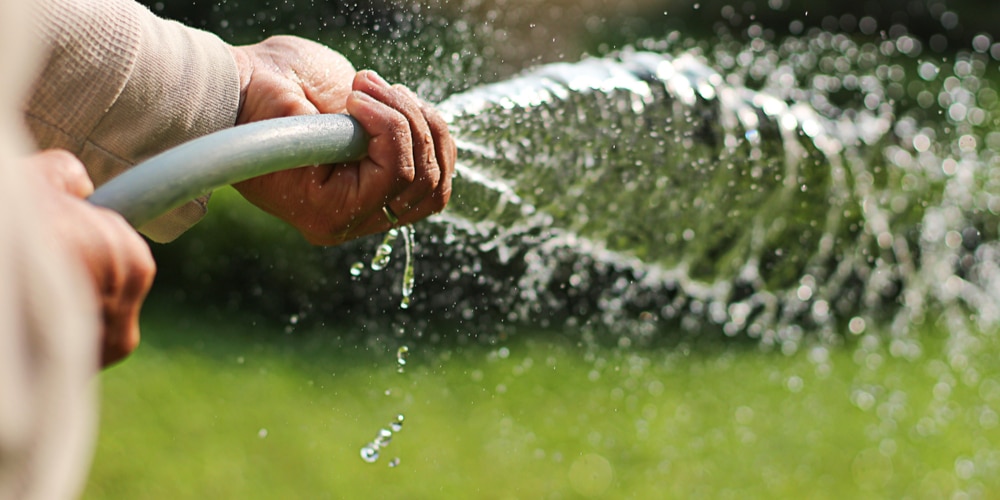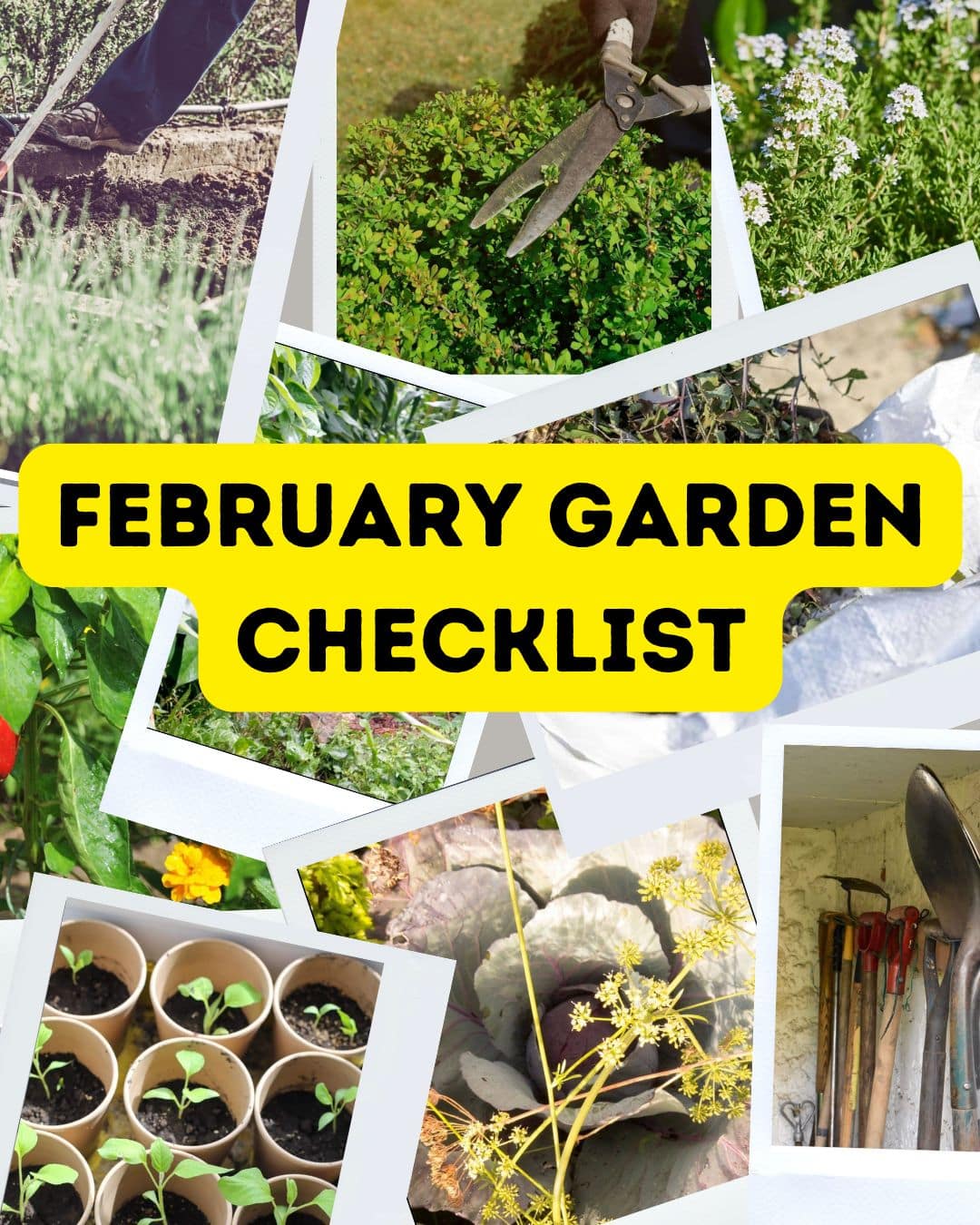
February is the perfect month to start dreaming of a vibrant summer garden. With a little planning and some elbow grease now, you can transform your outdoor space into a blossoming paradise.
In this post, we’ll dive into ten practical tasks that will set you up for garden success later in the year.
1. Clean Up Winter Debris
After a long winter, your garden needs a fresh start. Begin by removing fallen leaves, dead branches, and any remnants of winter storms. This helps prevent the buildup of pests and diseases.
Clearing out debris gives your garden space room to breathe. It also improves soil health and reduces the risk of fungal infections. Gather your old gardening tools, bags, and even consider wearing a pair of gardening gloves to protect your hands.
Don’t forget to recycle or compost the organic material. This simple step can also give you nutrient-rich compost later on.
2. Prune Your Trees and Shrubs
Pruning is an important task to encourage healthy growth and maintain plant shape. Remove any dead, diseased, or damaged branches from your trees and shrubs.
This process not only improves the appearance of your garden but also stimulates new growth. It’s best to use clean and sharp pruning tools. When you remove old growth, you allow more light and air to reach the inner parts of your plants.
Remember that proper pruning can prevent future problems such as pest infestations. A well-maintained plant is more resilient and produces better blooms in the summer months.
3. Plan Your Summer Garden Layout
Now is a great time to sketch out your summer garden plans. Take a walk around your yard and imagine where new beds, pathways, and water features could go.
Consider the amount of sunlight each area receives. Knowing the sun’s path will help you decide which plants will thrive. Make a list of the vegetables, flowers, and herbs you want to grow.
Use this time to also decide on any upgrades or new features. For example, you might want to incorporate raised beds or install trellises for climbing plants. A well-thought-out plan prevents overcrowding and creates an inviting space. And if you need extra support for planning, invest in a sturdy pair of gardening gloves for added comfort while mapping out your design.
4. Start Seedlings Indoors
February is an ideal month to kickstart your summer garden by starting seeds indoors. Growing seedlings at home gives you a head start on the growing season.
Gather seed trays, a good-quality potting mix, and your favorite seeds. Popular choices include tomatoes, peppers, and basil. This way, you can transplant them when the weather warms up.
Using grow lights or a sunny windowsill can make a big difference in how well your seedlings develop. A little investment in proper equipment now will pay off with a thriving garden later. Keep an eye on moisture levels and maintain a steady temperature for optimal growth.
5. Fertilize Your Soil
Healthy soil is the foundation of any great garden. In February, it’s time to feed your soil with the right nutrients.
Before planting, test your soil’s pH and nutrient levels. This helps determine the best fertilizer to use. Consider using an organic fertilizer for a natural boost.
Spreading fertilizer in early spring helps the soil absorb nutrients slowly. This gradual nourishment creates a robust environment for seeds and transplants.
Also, mix in some compost or well-rotted manure to improve soil structure. Regular fertilization can be a game changer in ensuring your summer garden is lush and productive.
6. Prepare Garden Beds
Preparing your garden beds now can save you time later. Clear old vegetation and mix in fresh soil amendments for better drainage and nutrient retention.
Loosen the soil and remove any compacted areas. This makes it easier for roots to grow and access essential nutrients. Spread a layer of fresh potting soil or compost on top.
Be sure to work the amendments into the top few inches of soil. This process not only enhances soil texture but also boosts microbial activity. A well-prepared bed means stronger plants and a more vibrant garden come summer.
7. Check and Upgrade Your Garden Tools
Every gardener knows that quality tools make all the difference. Take some time in February to inspect your garden tools and replace any that are worn out.
Sharpen your shears, oil your tools, and make sure everything is in tip-top shape. A well-equipped gardener can tackle any task with ease and efficiency.
Upgrading to new tools can make your work faster and more enjoyable. Consider investing in a reliable garden tool set that includes everything from pruners to trowels. This can make your gardening routine smoother and more enjoyable.
8. Mulch for Moisture Retention
Applying mulch is a simple yet effective way to prepare your garden for summer heat. Mulch helps retain moisture, suppress weeds, and improve soil structure.
Spread an even layer of organic mulch over your prepared beds. This protective cover keeps the soil cool and conserves water during hot days.
Organic mulches such as shredded bark or straw break down over time, adding nutrients back into the soil. It also creates a clean, finished look that enhances your garden’s overall appeal.
Regular mulching can also reduce the frequency of watering. With the right amount of mulch, your garden will be well-prepared to handle the intensity of the summer sun.
9. Inspect and Repair Fencing and Structures
Garden structures like fences, trellises, and raised beds deserve attention in February. A careful inspection can identify areas that need repair or reinforcement.
Check for loose boards, rusted nails, or damage caused by winter storms. Repairing these structures now prevents small issues from turning into costly repairs later.
This is also a great time to plan for any new installations. Adding a new trellis or repairing a broken fence can create better boundaries for your garden space. Secure structures help support climbing plants and provide safety from wandering animals.
Taking the time to fix or replace these elements now ensures your garden remains a secure and attractive haven during the bustling summer months.
10. Create a Watering Plan
A well-thought-out watering plan is essential for a thriving garden. Begin by checking your irrigation systems for leaks or clogs. Replace any faulty parts to ensure a steady water supply.
Plan out your watering schedule according to the needs of different plants. Some areas may require more frequent watering than others.
Consider investing in a durable garden hose that is resistant to kinks and wear. A consistent watering routine is key for preparing your garden beds for transplanting and summer growth.
Additionally, using soaker hoses or drip irrigation systems can reduce water waste. A clear plan and quality equipment ensure every plant gets the hydration it needs for a vibrant summer display.
Bonus: Common Gardening Questions Answered
Here are some of the most frequently asked questions about preparing your garden in February:
Q: When should I start planting my summer vegetables?
A: Start your seeds indoors in February and transplant them after the last frost, usually in late April or early May.
Q: What’s the best way to improve soil health?
A: Regularly amend your soil with compost, organic matter, and balanced fertilizers like organic fertilizer for a nutrient boost.
Q: How do I prevent pests from invading my garden?
A: Maintain cleanliness by removing debris and practice crop rotation. Use organic pest control methods as needed.
Q: What are some essential tools for garden maintenance?
A: A quality garden tool set can simplify many tasks.
Q: How can I plan my garden layout effectively?
A: Sketch your garden, consider sunlight, and designate areas for different plant types. Don’t hesitate to update your plan as your garden grows.
Taking the time to answer these common questions can help you make informed decisions. Your garden’s success starts with careful planning and proactive care.
As you tackle these ten activities this February, remember that each step builds towards a summer garden filled with color, life, and joy. Happy gardening!
